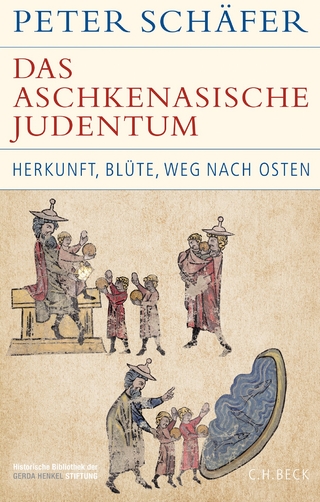
Sufism in Ottoman Egypt
Circulation, Renewal and Authority in the Seventeenth and Eighteenth Centuries
Seiten
2019
Routledge (Verlag)
978-0-367-13589-8 (ISBN)
Routledge (Verlag)
978-0-367-13589-8 (ISBN)
This book analyses the development of Sufism in Ottoman Egypt, during the seventeenth and eighteenth centuries. Examining the cultural, socio-economic and political backdrop against which Sufism gained prominence, it looks at its influence in both the institutions for religious learning and popular piety.
The study seeks to broaden the observed space of Sufism in Ottoman Egypt by placing it within its imperial and international context, highlighting on one hand the specificities of Egyptian Sufism, and on the other the links that it maintained with other spiritual traditions that influenced it. Studying Sufism as a global phenomenon, taking into account its religious, cultural, social and political dimensions, this book also focuses on the education of the increasing number of aspirants on the Sufi path, as well as on the social and political role of the Sufi masters in a period of constant and often violent political upheaval. It ultimately argues that, starting in medieval times, Egypt was simultaneously attracting foreign scholars inward and transmitting ideas outward, but these exchanges intensified during the seventeenth and eighteenth centuries as a result of the new imperial context in which the country and its people found themselves. Hence, this book demonstrates that the concept of ‘neosufism’ should be dispensed with and that the Ottoman period in no way constituted a time of decline for religious culture, or the beginning of a normative and fundamentalist Islam.
Sufism in Ottoman Egypt provides a valuable contribution to the new historiographical approach to the period, challenging the prevailing teleology. As such, it will prove useful to students and scholars of Islam, Sufism and religious history, as well as Middle Eastern history more generally.
The study seeks to broaden the observed space of Sufism in Ottoman Egypt by placing it within its imperial and international context, highlighting on one hand the specificities of Egyptian Sufism, and on the other the links that it maintained with other spiritual traditions that influenced it. Studying Sufism as a global phenomenon, taking into account its religious, cultural, social and political dimensions, this book also focuses on the education of the increasing number of aspirants on the Sufi path, as well as on the social and political role of the Sufi masters in a period of constant and often violent political upheaval. It ultimately argues that, starting in medieval times, Egypt was simultaneously attracting foreign scholars inward and transmitting ideas outward, but these exchanges intensified during the seventeenth and eighteenth centuries as a result of the new imperial context in which the country and its people found themselves. Hence, this book demonstrates that the concept of ‘neosufism’ should be dispensed with and that the Ottoman period in no way constituted a time of decline for religious culture, or the beginning of a normative and fundamentalist Islam.
Sufism in Ottoman Egypt provides a valuable contribution to the new historiographical approach to the period, challenging the prevailing teleology. As such, it will prove useful to students and scholars of Islam, Sufism and religious history, as well as Middle Eastern history more generally.
Rachida Chih is a Research Fellow at the Centre National de la Recherche Scientifique and a member of the Center for Turkish, Ottoman, Balkan, and Central Asian Studies, at the École des Hautes Études en Sciences Sociales, France.
Introduction 1. Circulation and Networks: The Role of Cairo and Al-Azhar 2. Education: How to Guide Disciples? 3. The Muhammadan Path and Sufi Renewal 4. Prophetic Heritage, Authority and the Intercession of Saints Conclusion
| Erscheinungsdatum | 17.05.2019 |
|---|---|
| Reihe/Serie | Routledge Sufi Series |
| Zusatzinfo | 3 Line drawings, black and white; 1 Halftones, black and white; 3 Illustrations, black and white |
| Verlagsort | London |
| Sprache | englisch |
| Maße | 156 x 234 mm |
| Gewicht | 408 g |
| Themenwelt | Geisteswissenschaften ► Geschichte ► Regional- / Ländergeschichte |
| Geschichte ► Teilgebiete der Geschichte ► Religionsgeschichte | |
| Geisteswissenschaften ► Religion / Theologie ► Islam | |
| ISBN-10 | 0-367-13589-2 / 0367135892 |
| ISBN-13 | 978-0-367-13589-8 / 9780367135898 |
| Zustand | Neuware |
| Informationen gemäß Produktsicherheitsverordnung (GPSR) | |
| Haben Sie eine Frage zum Produkt? |
Mehr entdecken
aus dem Bereich
aus dem Bereich
Von den Anfängen bis zur Gegenwart
Buch | Hardcover (2022)
C.H.Beck (Verlag)
34,00 €
Herkunft, Blüte, Weg nach Osten
Buch | Hardcover (2024)
C.H.Beck (Verlag)
39,00 €


